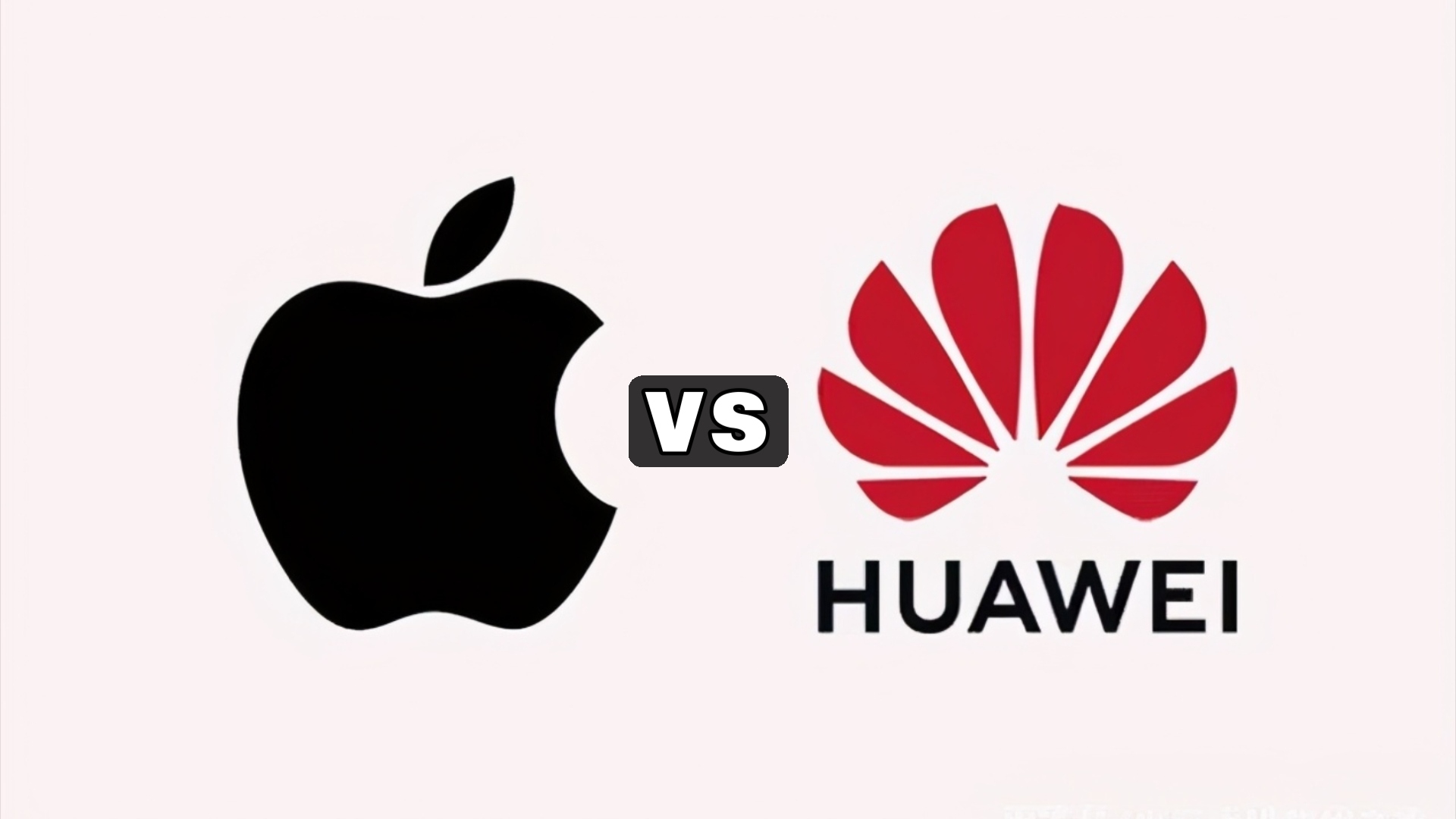Major phone manufacturers Apple and Huawei from the US and China rushed to release new devices on the same day, Tuesday (September 10th), creating a competitive scenario between the iPhone 16 series and the world’s first tri-fold phone, the Mate XT. This has filled the Chinese smartphone market’s ‘battle of the kings’ with an atmosphere of impending storm. Regarding this, telecommunications experts frankly state that the rivalry between Apple and Huawei is like an extension of the US-China tech war. Apple, lacking home field advantage and constrained by geopolitical risks, may face numerous challenges in defending its market share in China. After a six-year hiatus, Apple and Huawei released new products on the same day, showing their competitive spirit: iPhone 16 boasts AI intelligent system (Apple Intelligence) as its biggest highlight; while Huawei’s Mate XT, with its innovative tri-fold screen technology, starts at a price of 19,999 yuan (about $2,810 USD), which is three times more expensive than the starting price of the iPhone 16.
Apple’s strength lies in data security and privacy, but it is difficult to achieve in the Chinese market. The Chinese market has stricter data control, and the government has a higher degree of control. When we enter the era of AI phones, this will make Apple’s development in the Chinese market challenging. This is because AI functionality relies on the accumulation of big data, involving sensitive areas such as data processing and information security. Apple has already partnered with OpenAI, but to enter the Chinese market, it must cooperate with local platforms to implement its services. Therefore, it is predicted that Apple will follow Samsung’s strategy of collaborating with Chinese tech and internet companies, such as Baidu and Wenxin AI chatbot. However, Apple’s potential partners for developing large language model services in China may be limited.
On the other hand, Huawei is restricted by technological bans by US. The latest Kirin 9010 overclocked version chip can already perform at the same level as TSMC’s 5-nanometer process. But currently, whether it’s SMIC’s 7nm or 5nm process, there’s still a significant gap with TSMC in terms of mass production, yield, and performance. Huawei’s chip technology is currently about 2 to 3 years behind the most advanced chip standards. Huawei’s competitor, Apple’s iPhone 16, which currently uses a second-generation 3nm chip, demonstrates 10% to 15% stronger performance compared to last year’s phones. Also, Huawei is banned from using Google’s service, and thus finds it difficult to enter the US market.
It is predicted that if geopolitical factors continue to deteriorate, Apple and Huawei can only return to their “basic battle zones,” that is, Huawei targeting markets in pro-China countries, while Apple thrives in European and American countries. But such a clear-cut market segmentation is not beneficial for companies from either country.

Hi, this is a comment.
To get started with moderating, editing, and deleting comments, please visit the Comments screen in the dashboard.
Commenter avatars come from Gravatar.